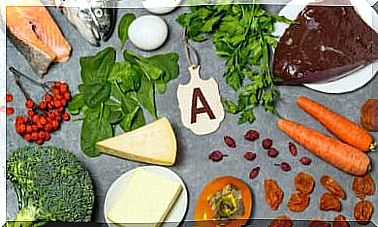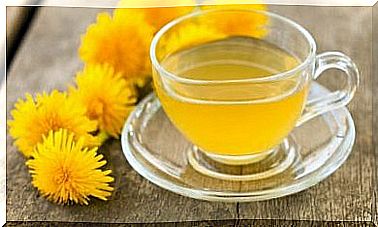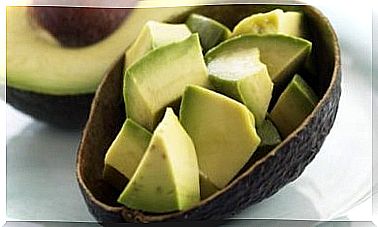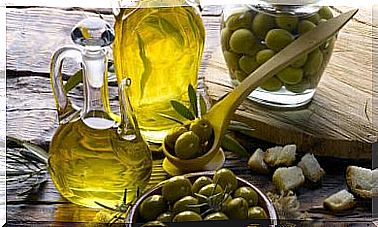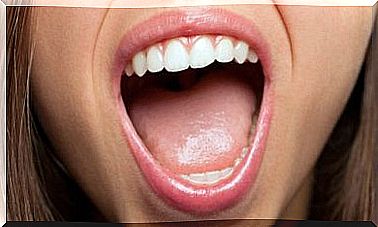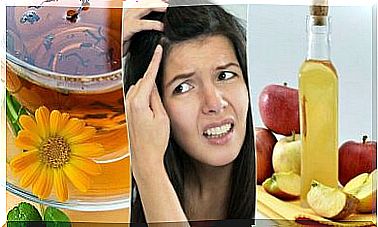Science Reveals About Dairy Products And Bone Loss
Consumption of dairy products is not directly associated with reduced risk of bone fracture. However, vitamin D has a protective capacity in this regard.
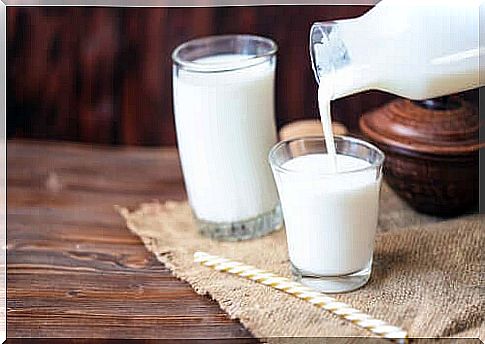
Dairy products have been associated with preventing bone loss for decades. However, this claim is disputed today.
Although these foods are rich in calcium, other factors such as exercise or vitamin D levels are more important in the fight against osteoporosis. This disease is very common in women who have passed menopause.
Osteoporosis is irreversible and it is essential to ensure its prevention. Once the bone begins to demineralize, it cannot regain the lost calcium. Therefore, it is fundamental to load the deposits with this mineral as early as possible.
Dairy products are not the best source of calcium
Contrary to popular belief, there are foods that provide more calcium than dairy products. For example, green leafy vegetables. However, you have to be careful with this type of food, as they contain large amounts of phylates or fiber. This could reduce the bioavailability of the mineral.
That said, and according to an article published in the journal Nutrition Research Reviews , the association between high consumption of dairy products and reduced loss of bone mass has not yet been firmly established. There are some indications that regular milk consumption may decrease the risk of broken bones. But this association is not consolidated by scientific and irrefutable evidence.
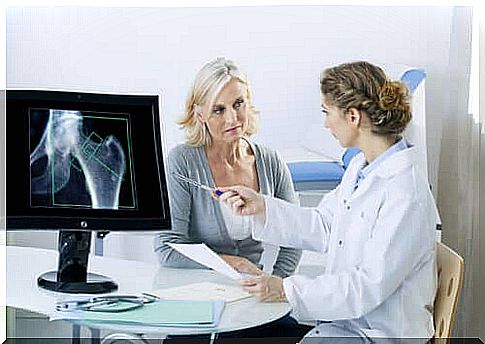
Vitamin D helps prevent bone loss
To prevent osteoporosis , it is more efficient to maintain optimal vitamin D levels that consume large amounts of dairy products. This nutrient stimulates the absorption and fixation of calcium in the bones. This decreases the risk of fracture, according to a study published in the journal Osteoporosis International .
On the other hand, to ensure correct levels of this vitamin, it is essential to regularly expose yourself to sunlight. Thus, it stimulates the endogenous production of the nutrient, thus reducing the risk of developing diseases in the medium and long term.
Vitamin D can also be found in the diet. It is nevertheless found in small quantities in food. Those with acceptable levels are blue fish, bones, and fortified dairy products. Some mushrooms can even contain it.
Exercise to prevent osteoporosis
Aside from diet, strength exercise is an effective way to increase muscle mass and bone density. Indeed, the practice of sport on a regular basis decreases the risk of fractures in the medium and long term, thus becoming an important protective factor against osteoporosis.
Therefore, combining diet and exercise is a great way to prevent the development of this syndrome in postmenopausal women. However, these habits should be maintained for a good part of life, and not just after the condition has started.
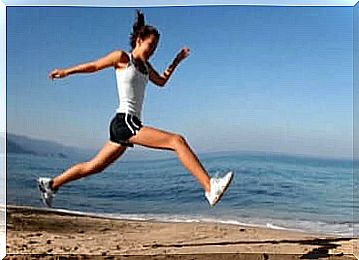
Dairy products are not the best solution for bone loss
Dairy products provide beneficial nutrients for the body. Many of them contain probiotics, which are responsible for improving gut health. However, in terms of bone loss, these products do not have a great advantage over other alternatives.
Vitamin D can actually help. This nutrient increases the absorption and fixation of calcium in the bones, thus reducing the risk of osteoporosis.
It is a vitamin deficient in the population, due to the low exposure to the sun. It is therefore recommended to optimize the diet, so that foods containing vitamin D are more present. In some cases, taking supplements is even necessary.
In addition, physical strength exercise is presented as a method of protection against bone loss. Regular exercise reduces the risk of bone fractures in women who have already gone through menopause. Finally, a combination of diet and sport would be the ideal program.

